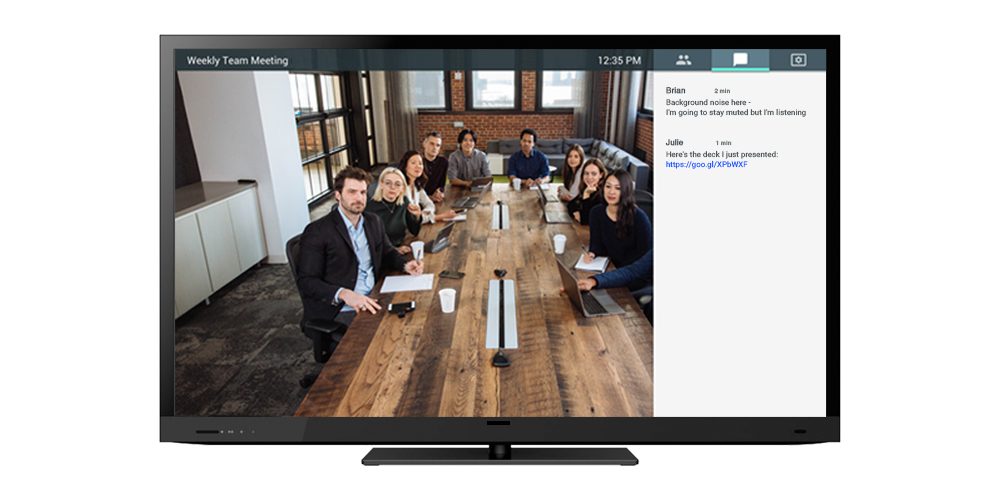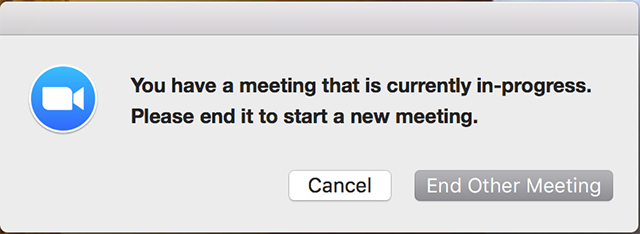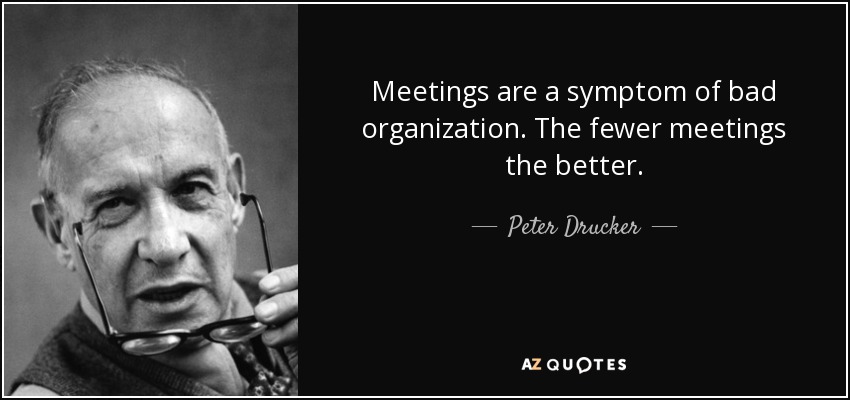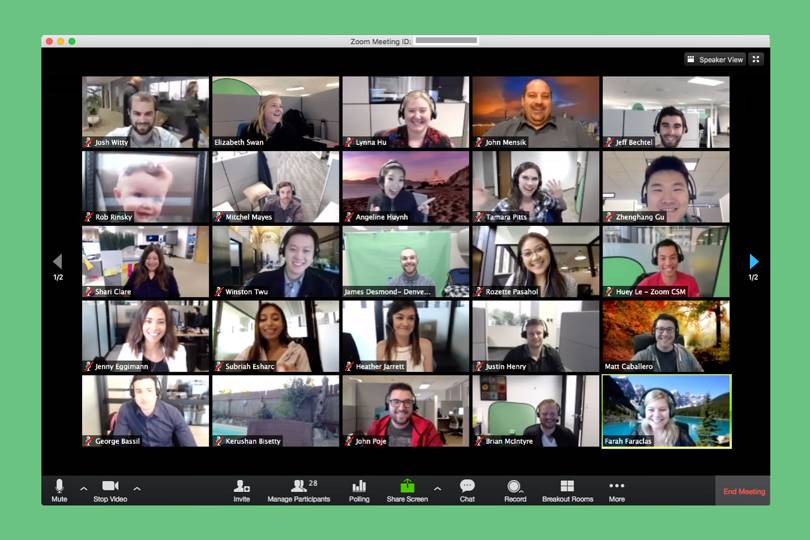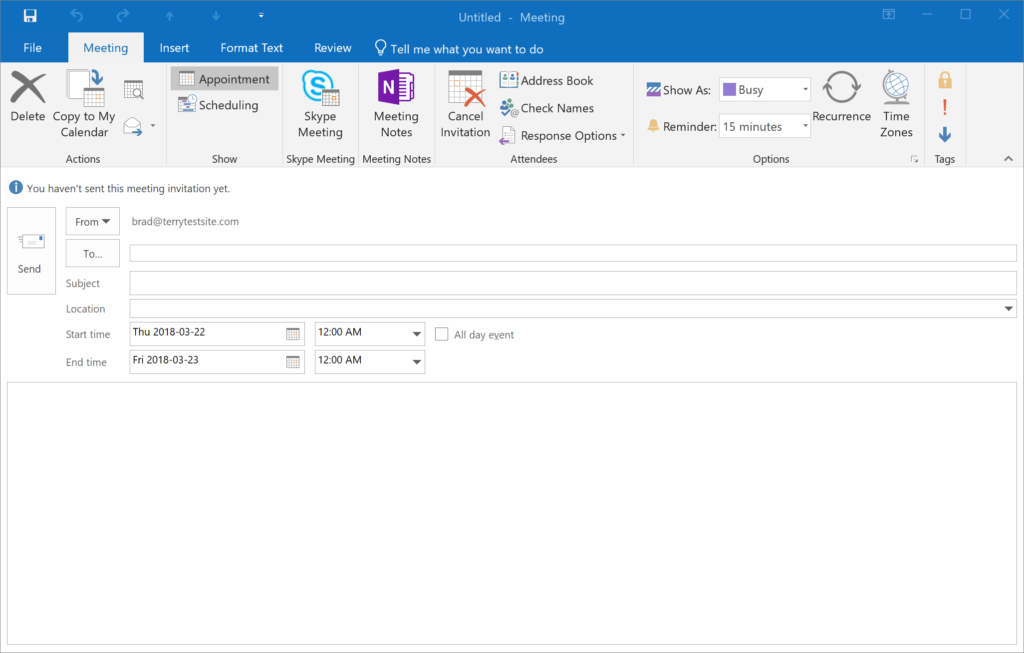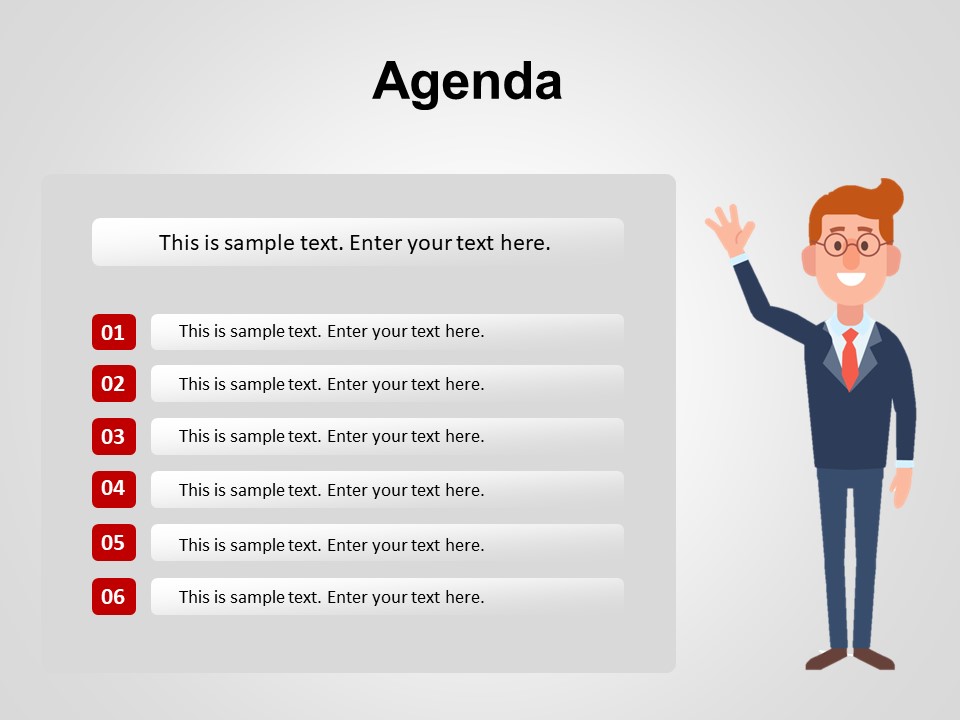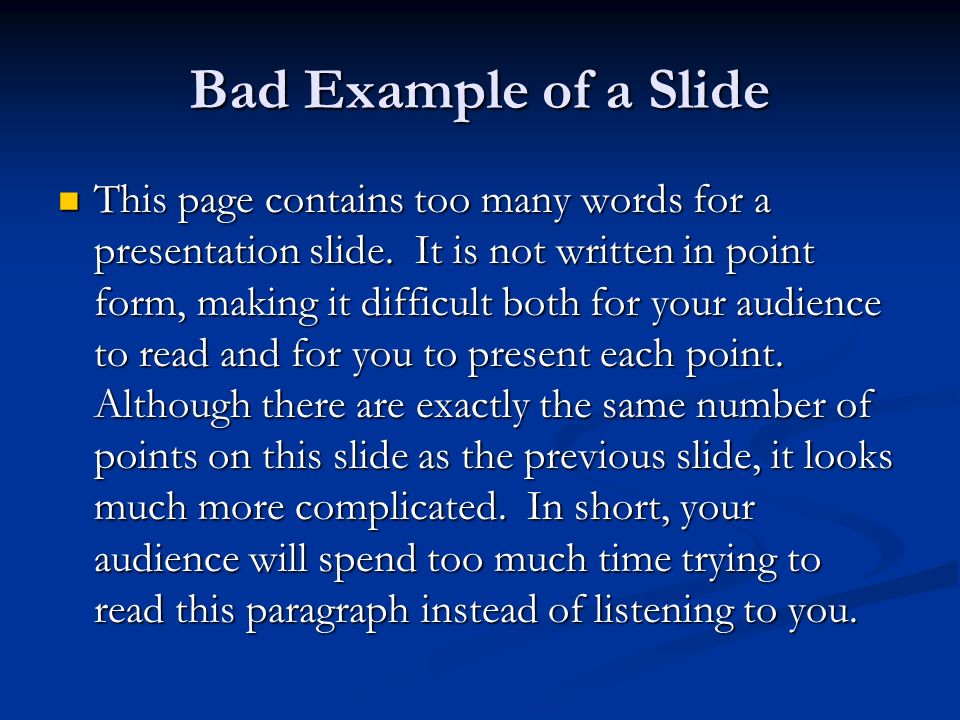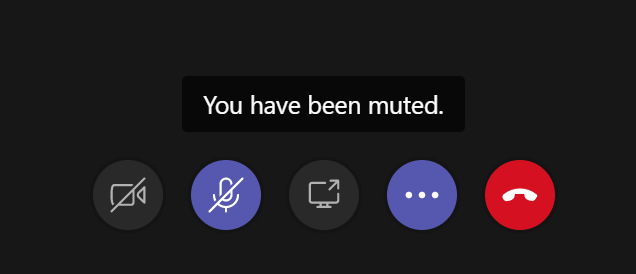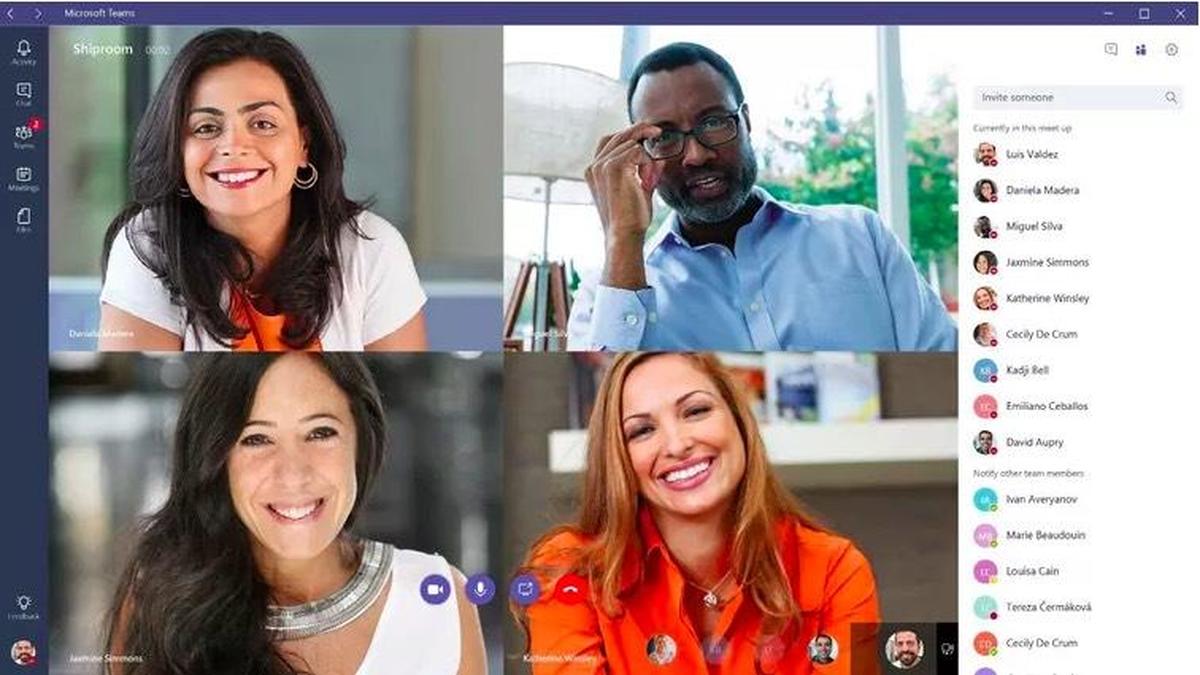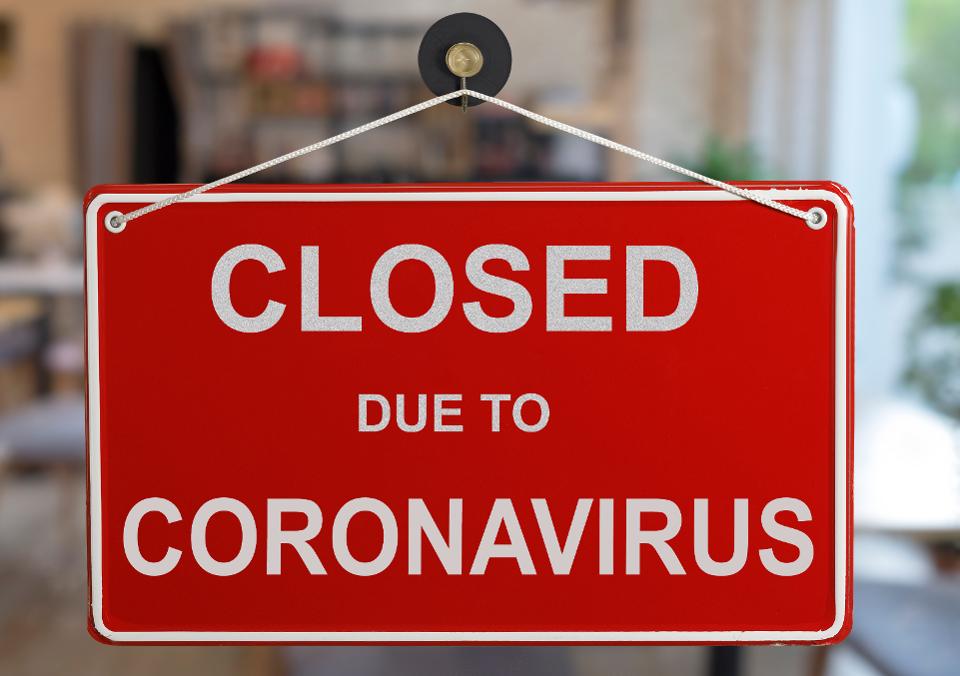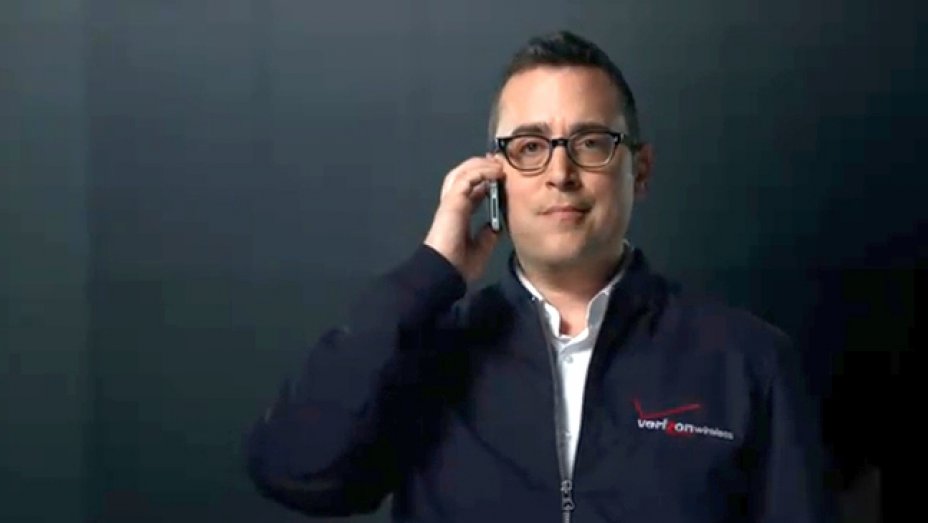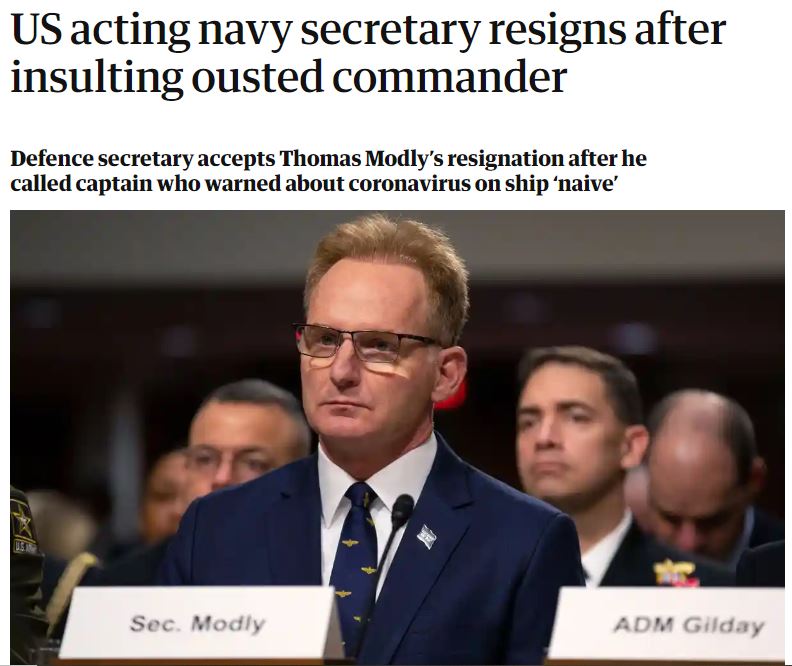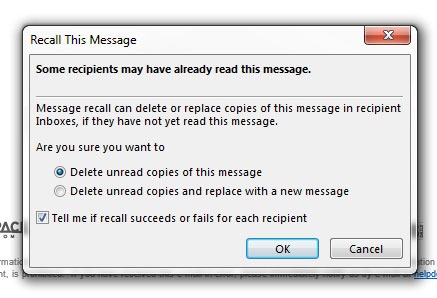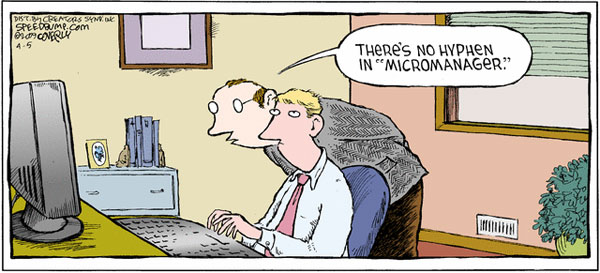Wow – the COVID crisis continues with no clear end in sight. I am spending more time in the office these days, but that may soon come to an end if the number of COVID cases continues to rise. I will likely be spending even more hours on video calls, like many leaders. Today I am going to talk about the worst mistake that a leader can make on a video call. Don’t do this.

No – it is not the mute button
Some of you think I am going to say that misusing the mute button is the worst mistake you can make as a leader during a video call. Talking while on mute is a mistake, but it is really not a big deal. All you have to do is come off mute and repeat what you said while muted. Saying something stupid without the mute button on can be bad, really bad. But, I believe most leaders are smarter than that and will not fall into that trap.

The most common major mistake leaders make on video calls
Looking bad on camera is the worst mistake you can make as a leader during a video call. Like many of you, I have participated in hundreds of video calls this year. I am amazed at how many leaders show up on the call looking bad, really bad in some cases. It makes me wonder if they thought at all about what others would see when they turned on their camera. I believe is it better to keep your camera off than it is to show up looking like you just rolled out of bed. Your team deserves better than that. There are several problems that cause a leader to look bad on camera.

Problem #1 – Awkward camera angles
Let’s start with your camera. Have you positioned it well? Or does your team get to experience seeing you at awkward angles? Below is a short list of the most common camera angles mistakes:
- Too far away – you look tiny in the frame.
- Way too close – everyone gets to see all the wrinkles on your face.
- Too low – your team gets to see if you groomed your nostrils.
- Not centered – you are in the frame, but nowhere near the center.
- Side angle – people prefer to see your face, not the side of your head.
Problem #2 – Distracting background
Besides your smiling face, what else does your team get to see during your video calls? What kind of background is behind you that will show up on camera? I highly recommend you use a custom background if you can. Both Zoom and Microsoft Teams allow you to do this. This functionality not only looks better, but it also hides what is going on behind you. Trust me – this cloaking can prevent gaffes if someone shows up unexpectedly behind you. If you cannot use a custom background spend a little time making sure that your home office is not distracting to others. I am not an interior decorator, so I don’t have an expert opinion. In general, less seems better to me. Yes – it is okay to select a custom background that matches who you are.

Problem #3 – Improper lighting
Lighting can be tricky. Too much light and you look like a ghost. Not enough light and no one can see you. I recommend investing some time and money into configuring your office so that the lighting works well for you. I actually invested in a ring light kit. It costs less than $100. I felt a little silly when I bought it, but I thought it was worth trying out. It makes a big difference. I use the light for all my video calls that I take from home nowadays. It works really well and is both portable and adjustable.

Problem #4 – Poor audio quality
It is completely annoying when you cannot hear clearly what someone is saying during a video call. Poor audio quality is usually due to a bad connection or lackluster equipment. Once again, I recommend spending a little money to make sure your audio quality is good. I am a big fan of using headphones for video calls. I bought a Bose pair of noise-canceling headphones that I wear for all my calls. They were expensive but well worth the investment. A good microphone will also do the trick.

Problem #5 – Improper choice of attire
I am not here to be your fashion advisor. Rather I recommend that you show up on your video calls dressed appropriately for the setting, and in line with your organization’s culture. Of course, what is appropriate will vary greatly. When in doubt be conservative. If you want to be taken seriously dress the part – don’t show up in a hoodie and baseball cap. For heaven’s sake – don’t show up in a robe or your pajamas to a business call. Remember – your customers will get a visual impression based on how you dress. I have been surprised by how informal some people are on camera. Lastly, I recommend you dress your age. No one wants to see someone like me trying to act like I am back in my 20s.

Fix this mistake before worrying about others
Sure – there are many other problems a leader may experience on a video call. Those don’t matter much until after you tackle this one. Trust me – no one will remember if you accidentally talked while on mute. But, they will remember if you showed up looking bad, wondering what in the world happened to you that day. Avoid making this easily fixed mistake.
First impressions matter. Experts say we size up new people in somewhere between 30 seconds and two minutes.
Elliott Abrams
What about you?
How are you showing up on camera these days? If you are looking good – keep it up. If not, do the work required. I know it sounds trivial. However, it is worth investing a little time to show up strong. After all, you used to do this every day before COVID when we worked in offices. Why stop now? Remember the camera captures everything, and so will your team members.
ATW! is designed to make you a better leader
I hope you join me on this journey to raise up the next generation of leaders. The world is in desperate need of more great leaders. Women and men who lead with confidence, clarity, and creativity. It’s time to become the leader that your world needs. Let’s go All The Way!









